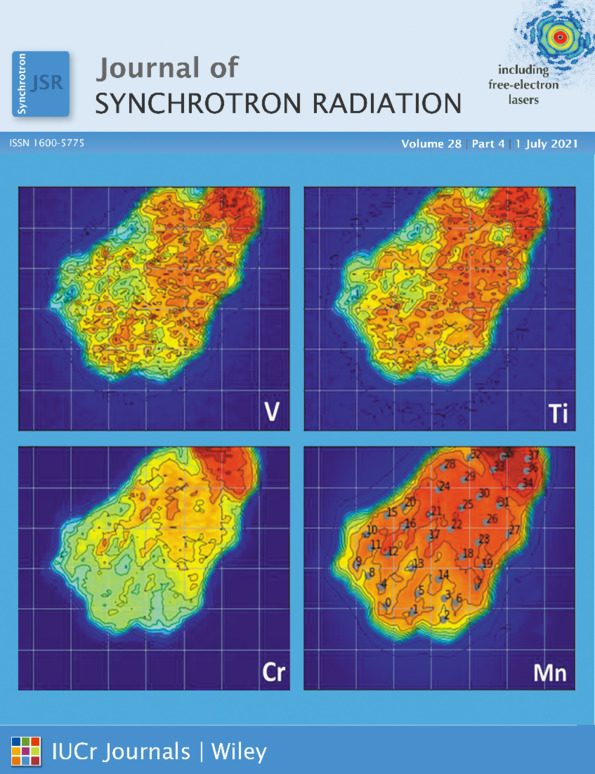MAP2XANES: a Jupyter interactive notebook for elemental mapping and XANES speciation
Abstract
MAP2XANES is an intuitive Jupyter notebook that automatizes the analysis of synchrotron X-ray fluorescence imaging and X-ray absorption spectroscopy for the characterization of complex and heterogeneous samples. The notebook uses basic modules and functions from Numpy, Scipy, Pandas, iPywidgets and Matplotlib libraries for a powerful data reduction process that, in just a few clicks, guides the user through the visualization of elemental maps, space-resolved absorption spectra and their automatized analysis. In particular, by means of linear combination fit of the XANES spectra, the notebook determines the chemical species distribution in the sample under investigation. The direct output of the analysis process is the correlation between the different elemental distributions and the spatial localization of the chemical species detected. An application to mineralogy is thus presented, analyzing the Mn2+, Mn3+ and Mn4+ distribution in a mineral sample of hausmannite (Mn2+Mn23+O4), courtesy of the Museum of Natural Science of Barcelona.




